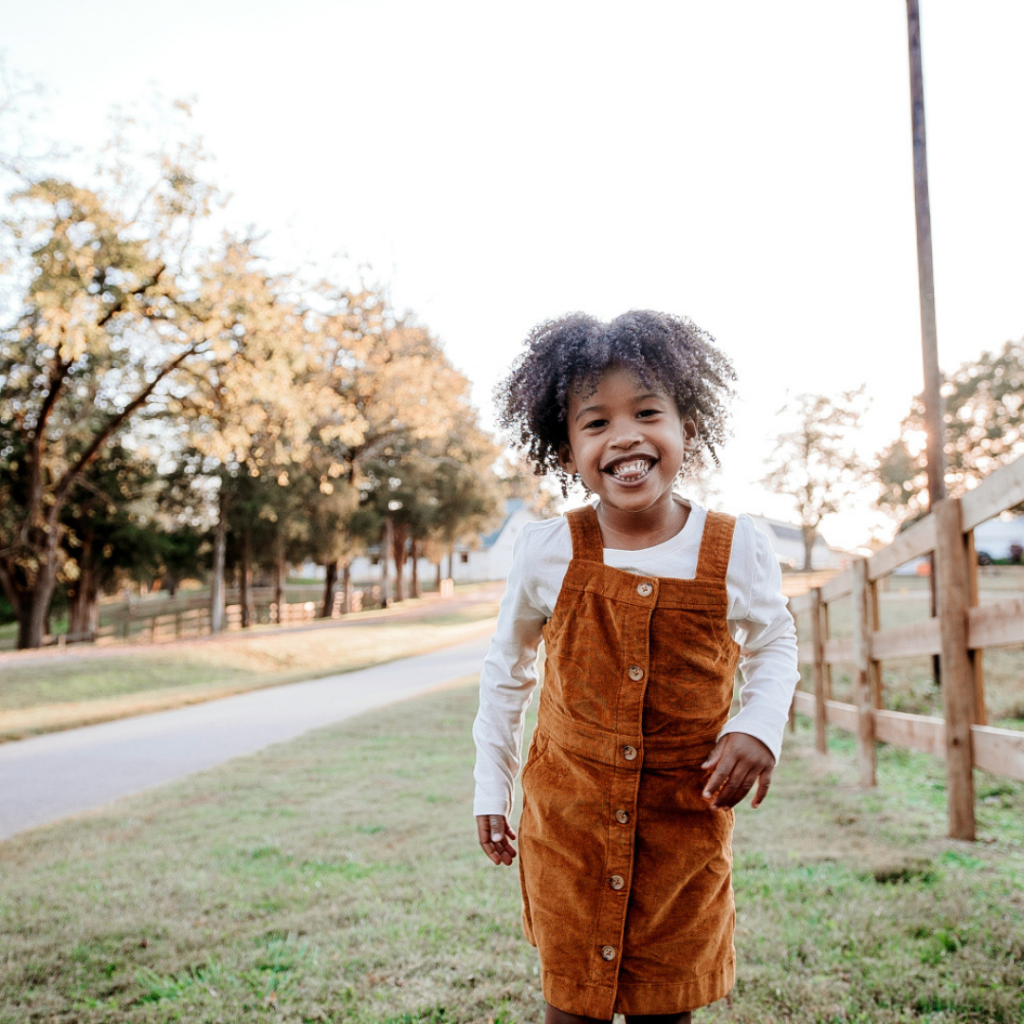
Two weeks ago I found out that James is being bullied at school because of the color of her skin. She’s three.
My soul broke. My heart sank. I felt like I couldn’t breathe. I cried. In front of her teacher and preschool director, I cried. I left the conversation and sat in my car and cried. Two weeks later, as I sit here writing this post, I am crying.
I knew this day would come. I just didn’t know it would happen now. She’s three.
The past two weeks, I have been processing what it means to be the mother of a brown skinned girl. I wondered if my role would be different because I am not brown skinned. After this incident, I knew I would spend the rest of my life advocating for James (and Sage), and teaching her how to advocate for herself. I realized that much of my work would be on the front end, preemptively solving issues that others didn’t even know existed. As I reflected, I realized that I knew that James was one of the only brown people in the entire school and the only brown girl in her class. And yet, the literature in the classroom didn’t reflect that. I read books to her class every week and never realized that none of these books featured a person of color. I do a great job at home at making sure I am intentional about the literature that she consumes. Her books express the diverse world we live in and her dolls the same. And yet, in the classroom she attends for twelve hours a week, she didn’t see herself. Moreover, the kids in her class didn’t see color outside of James.
As I spoke with the director of her school I said it is the school’s responsibility along side of me, to make sure that the spaces that James occupies in their building are safe for her. The director, looking perplexed asked me what I meant when I used the word safe. I told her that safety does not just mean physical safety. It means emotionally, spiritually, mentally, and physically safe. And at the moment, James was not safe. When I speak about safety, I am saying that we need to make sure that James feels safe to be 100% exactly who she is in any room, including rooms where she is the only person who looks like her in that room. This type of safety does not happen on accident. It is purposeful. It is intentional. It is thoughtful. It is necessary. In making James feel safe, appreciated, seen, known, and valued, you will make all students of any differences feel safer and more included.
I am not mad at this four year old for telling James that he doesn’t like her brown skin. He’s four. I am not mad at his parents. When I spoke to his mom on the phone she was embarrassed and sorry. She didn’t seem to understand where this was coming from. Friends and family who know about this incident are out for blood. I am not. It is not my job to understand why this little boy made these comments. I don’t need to know where this is coming from. All I need to do is continue to fortify my children so they know their value and beauty when others can’t see it, and continue to advocate for them to feel as safe as possible in each space that they occupy.
I was on a mommy page the other day and a mom asked for recommendations on dolls for her daughters’ dollhouse. She said one of her requirements was diversity. She was a white mom. Her children were white. And yet, she had enough understanding to realize the importance and value of diversity even for and especially for her white children. If you have read this far and realize that your child is not exposed to enough diversity, I have compiled a list of some of James’ favorite books featuring diverse characters. By exposing all of our kids to diversity, we will make all of our children just a bit safer to be exactly who they are. It is important work. It is thoughtful work. It is necessary work.
